War crime?: Calls for inquiry into Qaddafi’s death
Qaddafi’s body lay in an old meat store on Friday as arguments swirled over his burial, circumstances of his death.

War crime?: Calls for inquiry into Qaddafi’s death
The United Nations and human rights groups called for a full investigation into the death of Libyan leader Muammar Qaddafi and voiced concerns that he may have been executed, a war crime under international law.
Images filmed on mobile phones before and after Qaddafi’s death showed him wounded and bloodied but clearly alive after his capture in his hometown of Sirte on Thursday, and then dead amidst a jostling crowd of anti-Qaddafi fighters.
“If you take these two videos together, they are rather disturbing because you see someone who has been captured alive and then you see the same person dead,” UN human rights spokesman Rupert Colville told Reuters.
Asked whether Qaddafi may have been executed, he said: “It has to be one possibility when you look at these two videos. So that’s something that an investigation needs to look into.”
“If Colonel Qaddafi was killed after his capture, it would constitute a war crime and those responsible should be brought to justice,” Claudio Cordone, senior director at Amnesty International, said in a statement.
Peter Bouckaert of Human Rights Watch, interviewed by CNN in Sirte, said: “We are calling for an autopsy and an investigation. This is a blemish on the new Libya that he died under suspicious circumstances,” he said.
Meanwhile, Qaddafi’s body lay in an old meat store on Friday as arguments swirled over his burial and the circumstances of his death.
Published in The Express Tribune, October 22nd, 2011.




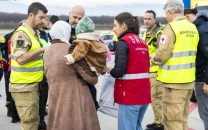

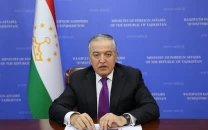
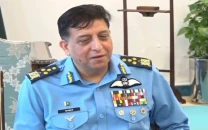

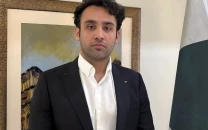
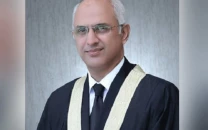








COMMENTS
Comments are moderated and generally will be posted if they are on-topic and not abusive.
For more information, please see our Comments FAQ